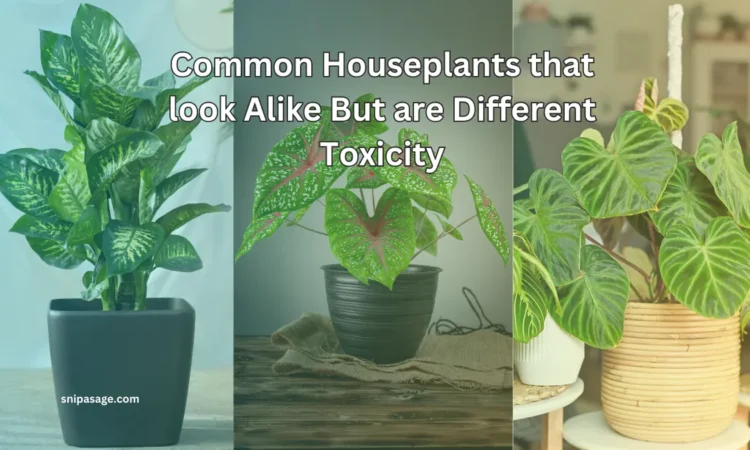In the rich nooks of your living room, it might be dangerous and be hidden behind vivid foliage and captivating flowers. There are tens of thousands of cases of plant poisonings every year with many of them being home based. A surprisingly large number of these involve common houseplants that may have toxic qualities which their owners don’t know about. This is a worrying fact and underlines the significance of knowing which green friends can harm you, even if they seem to be good alternatives.
This guide will help you identify poisonous houseplants and introduce you to non-poisonous ones so as to turn your indoor garden into a safe haven for all.
Deadly Doppelgängers: Poisonous Plants and Their Safe Counterparts
1. Dieffenbachia (Dumb Cane)
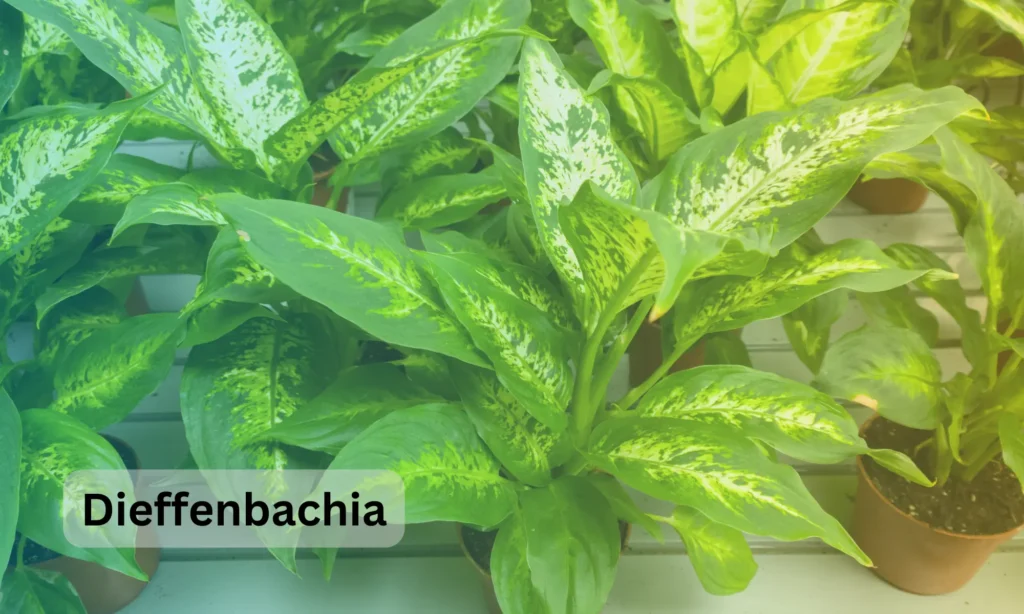
Toxicity: Dieffenbachia is well-known for its calcium oxalate crystals that can lead to severe irritation, swelling, and choking when chewed on or swallowed.
Safe Alternative: Calathea (prayer plant) looks the same except it’s not harmful to humans or pets.
Lookalike: Aglaonema (Chinese Evergreen) does not have any toxic effect on animals or humans yet loves low light just like Dieffenbachia does in addition to having similar growing habits.
Key Differences: Dieffenbachia possesses leaves that are much bigger with wider veins compared to Aglaonema, which has more subtle beauty than its rival.
2. Philodendron
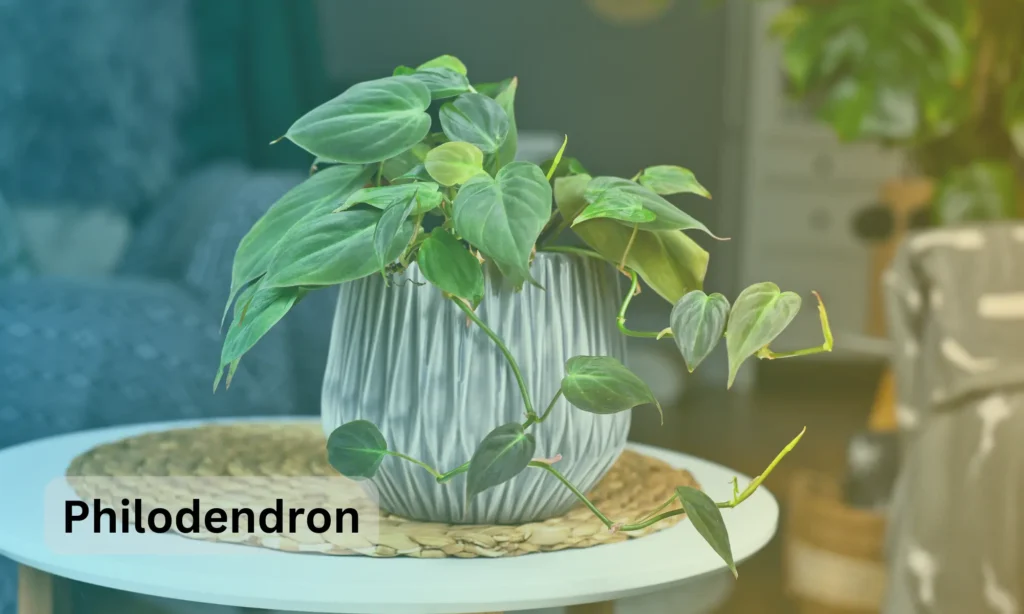
Toxicity: Just like Dieffenbachia, Philodendrons contain irritating calcium oxalate crystals. They have lovely heart shaped leaves but this could deceive someone from seeing how dangerous they are when eaten.
Lookalikes: Pothos (Devil’s Ivy) and Monstera (Swiss Cheese Plant) are two plants offering harmless but visually similar options for those who want a tropical feel without the risks associated with it.
Key Differences: Philodendron leaves are mainly heart-shaped, while Pothos has elongated leaves and Monstera is famous for its unique holey leaf pattern.
3. Caladium (Elephant Ear)
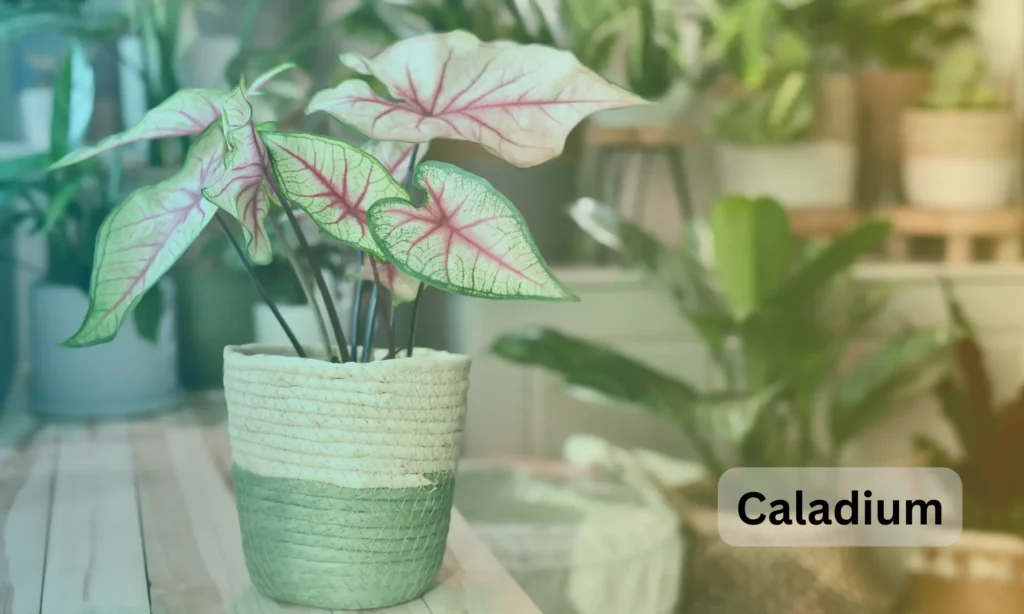
Toxicity: The entire Caladium plant including the sap is poisonous causing a lot of burning sensation and swelling in the mouth, throat, and tongue when ingested. Even touching it with bare hands may cause rashes.
Lookalike: Coleus, like Caladium, has very attractive foliage except that it comes in various striking colors without any poisonous substances. Alocasia (African Mask Plant) also causes symptoms but they are usually not so severe as in the case of toxic ones. It is important to remember that both need to be handled with care.
Key Differences: Caladium has brighter coloured heart shaped leaves while Alocasia’s foliage is thick and arrowhead shaped often appearing darker. Both plants have coloured, heart-shaped leaves; however, Sarumara’s are much larger and flatter than Callium’s smaller
Other Toxic Houseplants to Watch Out For
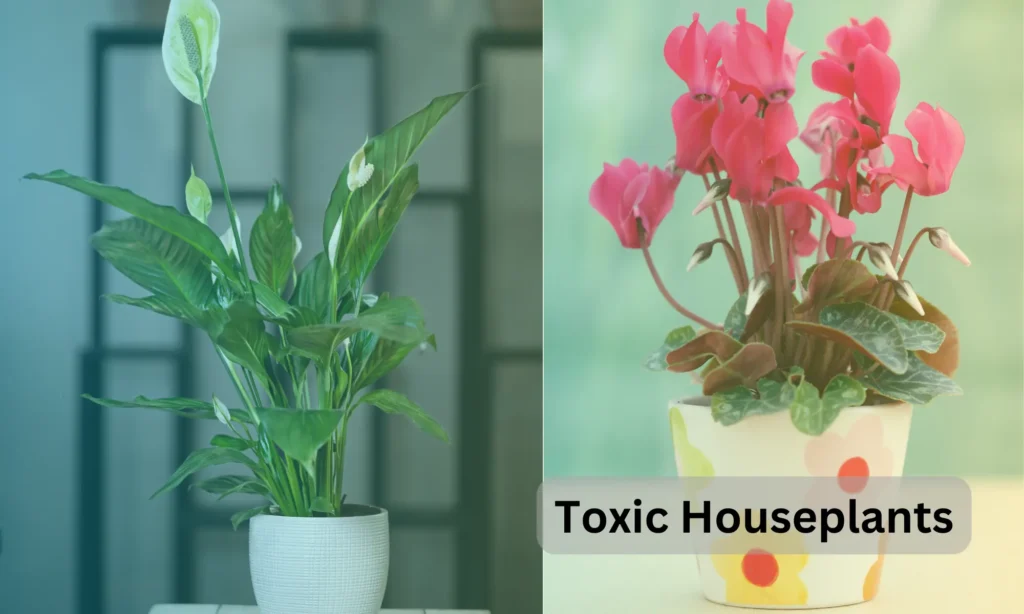
Peace Lily (Spathiphyllum): Has calcium oxalate crystals which can cause burns if chewed or swallowed. Go for the equally stunning Zamioculcas (ZZ plant) as an alternative which does not contain poison.
Snake Plant (Sansevieria): It leads to mild stomach problems if one takes it but on the other hand can cause skin irritation by mere touch too. Consider substituting Sansevieria with Aspidistra (Cast Iron Plant).
Schefflera (Umbrella Tree): Its sap irritates human skin when touched whereas swallowing it results vomiting. Alternatively, Ficus elastica (Rubber Plant) looks just as good.
Cyclamen: The most dangerous parts are particularly hazardous tubers when swallowed.
Oleander (Nerium Oleander): This beautiful plant is poisonous in every part including the smoke from burning it.
Sago Palm (Cycas Revoluta): Despite its attractive look, all parts of it are toxic with seeds being most dangerous.
Prevention and First Aid
Preventative Measures:
- Always perform a study before you bring a new plant into your house.
- Handle unfamiliar plant species with gloves, and keep them out of the reach of children and pets.
- Clearly label plants, particularly those that are poisonous, to avoid confusion.
First Aid Measures:
- If swallowed, contact a poison control center immediately.
- Don’t cause vomiting unless specifically advised to do so by a healthcare professional.
- If skin or eye contact develops, rinse off thoroughly using water.
Tips for Keeping Your Indoor Garden Safe
- Do your homework before allowing any new plant into your house. Ensure you know its level of toxicity and possible harmful effects on humans as well as animals.
- Keep dangerous plants away from children especially poisonous ones. Consider suspending them from above or having them in high shelves.
- Always remember to wear gloves while handling potentially dangerous plants and make sure you wash your hands using soap after touching them.
- Therefore take the time to Understand what you need to know about toxic houseplants and how to spot safe alternatives for your homes
- In case someone has eaten a poisonous plant, call the nearest poison control center or consult a doctor at once
Don’t let fear about hidden dangers in certain houseplants stop you from creating an indoor oasis. All you need is some knowledge and cautionary measures to enjoy the great beauty and benefits that come with having indoor plants. Hence go ahead
Conclusion
To have a safe indoor garden requires awareness and knowledge. This means that if one studied he potential hazards of certain houseplants alongside their harmless look-alikes he may come up with informed decisions which will ensure his home is both green as well as safe. Remember that the beauty of a plant does not override safety measures in our homes. So we can live without fear when we take necessary precautions while choosing our plants at home thus enjoying both worlds without any stress
For more information on plant safety as well as identification of poisonous houseplant species including their impacts on victims, consider other sources such as poison control hotlines or plant identification guides. Be always watchful to make your home a sanctuary for everyone not a hidden danger.

